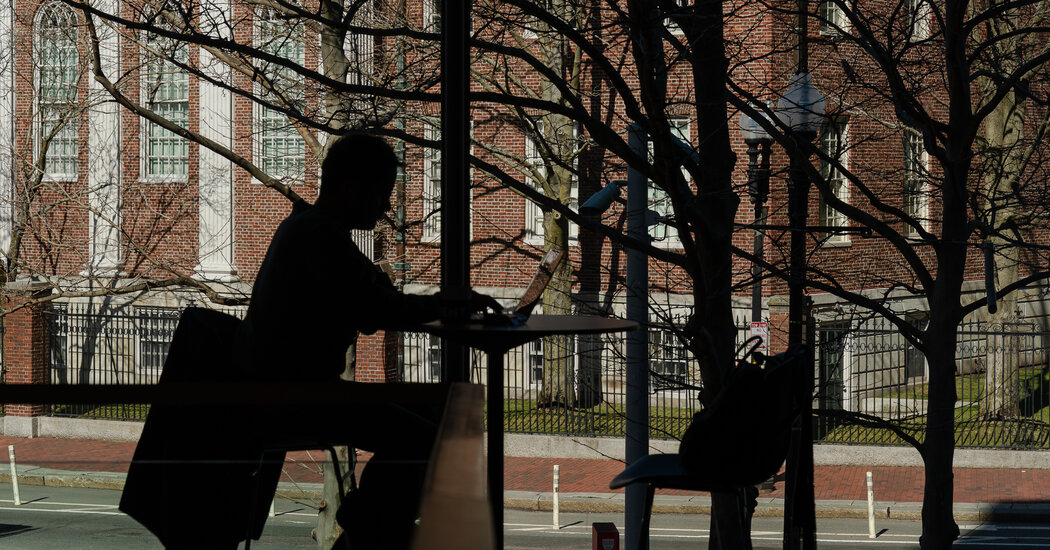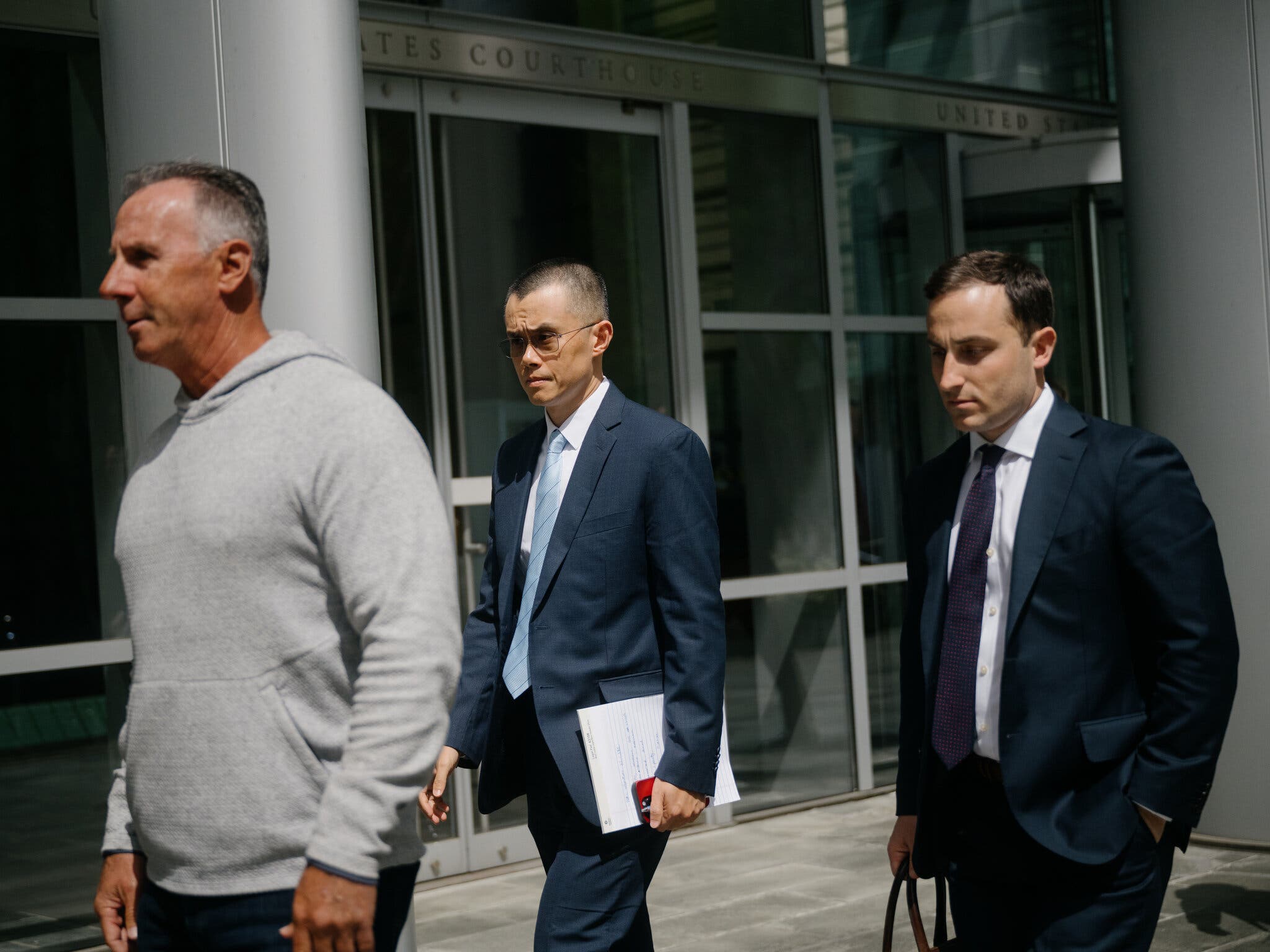Challenges and Changes for Incoming College Freshmen
The largest-ever class of high school seniors is about to graduate as colleges face significant changes and challenges. Colleges are preparing for potentially the largest freshman class amidst financial pressures, political conflict over diversity, and the effects of the Supreme Court’s decision overturning affirmative action. The Trump administration’s efforts to shut down the Education Department and redirect funding are impacting universities, leading to layoffs and hiring freezes. Additionally, diversity, equity, and inclusion programs are being attacked politically, causing universities to respond in diverse ways. Challenges and uncertainty continue as campuses adapt to these transformations in various aspects of higher education.
Challenges Facing Colleges Amid Rising Freshman Enrollment
As colleges navigate this period of upheaval, they are adopting various strategies to deal with the multitude of challenges presented. Financial pressures have prompted some universities to rethink their budgeting, often resulting in hiring freezes and adjustments to course offerings. The emphasis on maintaining diversity is being addressed through intensified financial aid efforts and recruitment initiatives, especially targeting underserved areas. Amid this, the political climate adds another layer of complexity, with potential legislation that could impact curriculum choices and diversity programming. Institutions like the Massachusetts Institute of Technology and Harvard are offering significant financial support, such as free tuition for students from families with incomes under $200,000, as a way to attract a diverse student body amidst the shifting admissions landscape. The potential reshaping of academic freedom and the ideological battles simmering on campuses mean that students may experience a transformed educational environment, with the priorities and policies of different universities leading to varied student experiences across the nation.
Financial Challenges Facing Colleges
Diversity, equity, and inclusion programs had once seemed beneficial to universities aiming to increase enrollment in a competitive landscape. However, they have now become targets for legislative action aimed at their elimination, driven by backlash and further compounded by the Trump administration’s attacks. In response, universities are adopting varied strategies; some merely rename their D.E.I. operations, while others take more drastic actions. For example, in March 2024, the University of Florida reacted to a state ban by dismissing its 13-member D.E.I. staff. Meanwhile, other campuses, like the University of Virginia, have pulled related trainings from their websites. Several centers supporting diversity and inclusion at institutions such as the University of North Florida have been shut down following state bans. Missouri State University faced student protests when it canceled its annual diversity conference and “inclusive excellence” gala.
Belt Tightening and Its Impact on Undergraduate Services
The changing dynamics in education policy have introduced an air of uncertainty for both students and institutions trying to adapt to the evolving landscape. Universities now find themselves in a position where they must recalibrate strategies for financial aid, student recruitment, and program offerings amidst political and economic pressures. As they navigate these challenges, the potential repercussions of reduced federal funding loom large, possibly prompting an increase in tuition fees or cuts in campus resources. Meanwhile, diversity and inclusion efforts remain contentious, with some schools striving to sustain these initiatives against political opposition. This period of transition is a test of resilience and adaptability for colleges, as they work to uphold educational access and quality while responding to external forces.
Uncertain Future for Diversity Programs on Campuses
As colleges navigate this complex landscape, the implications for incoming students are vast and varied. The challenges are many, from financial pressures and changes in admissions processes to potential threats against diversity and inclusion initiatives. As universities continue to adapt to these evolving circumstances, the experiences and opportunities available to students will inevitably shift in response. While uncertainty looms, schools are striving to maintain their commitments to education and diversity, underscoring a pivotal moment in higher education that will shape the academic journey of this historic freshman class and beyond.















Post Comment